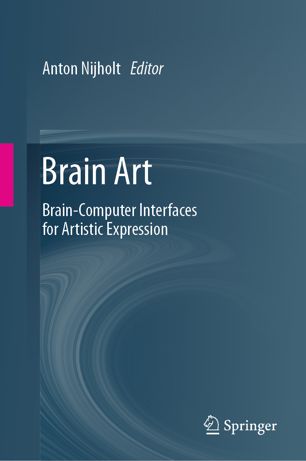

Most ebook files are in PDF format, so you can easily read them using various software such as Foxit Reader or directly on the Google Chrome browser.
Some ebook files are released by publishers in other formats such as .awz, .mobi, .epub, .fb2, etc. You may need to install specific software to read these formats on mobile/PC, such as Calibre.
Please read the tutorial at this link: https://ebookbell.com/faq
We offer FREE conversion to the popular formats you request; however, this may take some time. Therefore, right after payment, please email us, and we will try to provide the service as quickly as possible.
For some exceptional file formats or broken links (if any), please refrain from opening any disputes. Instead, email us first, and we will try to assist within a maximum of 6 hours.
EbookBell Team

4.7
16 reviewsThis is the first book on brain-computer interfaces (BCI) that aims to explain how these BCI interfaces can be used for artistic goals. Devices that measure changes in brain activity in various regions of our brain are available and they make it possible to investigate how brain activity is related to experiencing and creating art. Brain activity can also be monitored in order to find out about the affective state of a performer or bystander and use this knowledge to create or adapt an interactive multi-sensorial (audio, visual, tactile) piece of art. Making use of the measured affective state is just one of the possible ways to use BCI for artistic expression.
We can also stimulate brain activity. It can be evoked externally by exposing our brain to external events, whether they are visual, auditory, or tactile. Knowing about the stimuli and the effect on the brain makes it possible to translate such external stimuli to decisions and commands that help to design, implement, or adapt an artistic performance, or interactive installation. Stimulating brain activity can also be done internally. Brain activity can be voluntarily manipulated and changes can be translated into computer commands to realize an artistic vision.
The chapters in this book have been written by researchers in human-computer interaction, brain-computer interaction, neuroscience, psychology and social sciences, often in cooperation with artists using BCI in their work. It is the perfect book for those seeking to learn about brain-computer interfaces used for artistic applications.